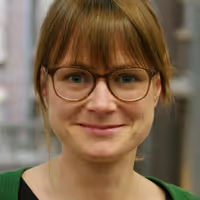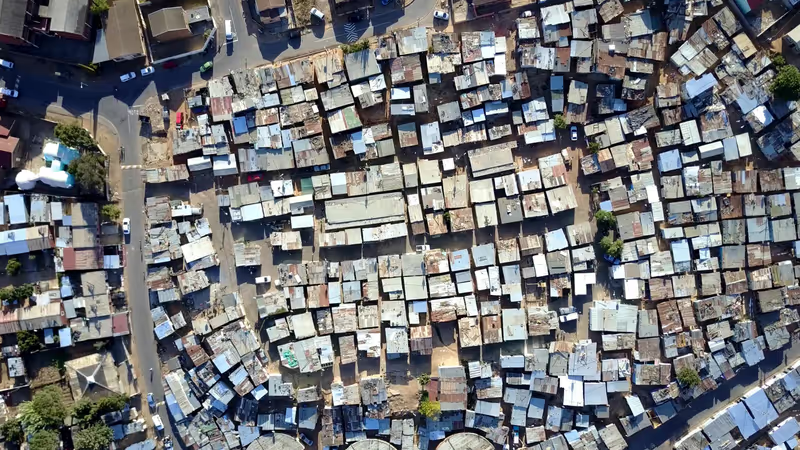| Student: | U. Boro MSc BA |
|---|---|
| Timeline: | December 2021 - 1 December 2025 |
Geotechnologies are introduced purportedly to address spatial and socio-structural problems and asymmetrical power dynamics. However, research has shown that these geotechnologies are often bound to exasperate these problems through digitally mediated power imbalances. Geo-enhanced video surveillance technologies are being adopted, among other things, to maintain public order and security in cities, and manage and control critical infrastructure and traffic. With the aid of artificial intelligence (AI) and machine learning (ML), such modern urban video surveillance systems are largely automated. These surveillance systems are crucial in complex urban planning, governance, and decision-making processes. But scholars have long been raising concerns over urban video surveillance systems perpetuating socio-spatial inequality, privacy violation, control, in- or hypervisibility, and spatial (in)accessibility. Most often, these issues affect women by putting them under the burden of normativity, restricting spatial access, or masculinizing spaces and practices through technology. While ample scholarly work aptly captures the socio-spatial implications of urban video surveillance systems, we still lack a nuanced understanding of how socio-spatial biases and imbalanced power structures get built into urban video surveillance systems.
Addressing this gap, my research aims to explore how automated urban video surveillance systems (AUVSS) come into being and how power dynamics operate in the making of the system. I am investigating India’s Safe City project initiated in 2018 under the Nirbhaya fund as an empirical example to answer the research question. The overarching goal of the Safe City project is to improve women’s safety and security in eight Indian cities through technological interventions, specifically, AI-powered video surveillance. Among the eight cities, my research will explore two: Bengaluru and Chennai. The nature and locations of these two cities partaking in the currently ongoing project will serve as a unique opportunity to follow the making of AUVSS and the interplay of power dynamics in the making.
The operationalization of this research will take place from a qualitative case study standpoint. I adopt follow the actant as the methodological point of departure to address the research question. Drawing on Latour’s actor-network theory (ANT), I conceptualize AUVSS as a network of actants. The ANT approach allows us to view AUVSS as a networked entity by giving agency to both human and non-human actors within the system.
Conversing with the fields of urban geography, STS, and surveillance studies, my research shifts the current scholarly focus to the pre-implementation phase of technology systems. In addition, this research places the spatial component at the intersection of gender, power, and contemporary AI-enabled urban video surveillance. The completion of this research will also add to the emerging discussion surrounding technology-mediated urban development in the Global South.
Key Words: geotechnologies, automated urban video surveillance systems, space, gender, power structures, Safe City project, Bengaluru, Chennai, actor-network theory





